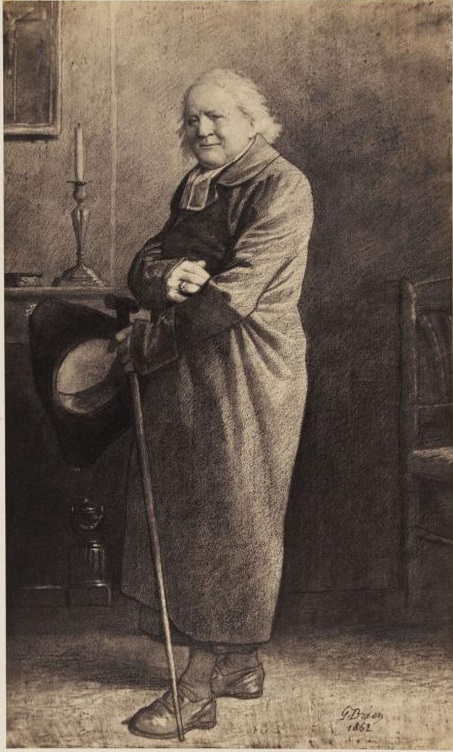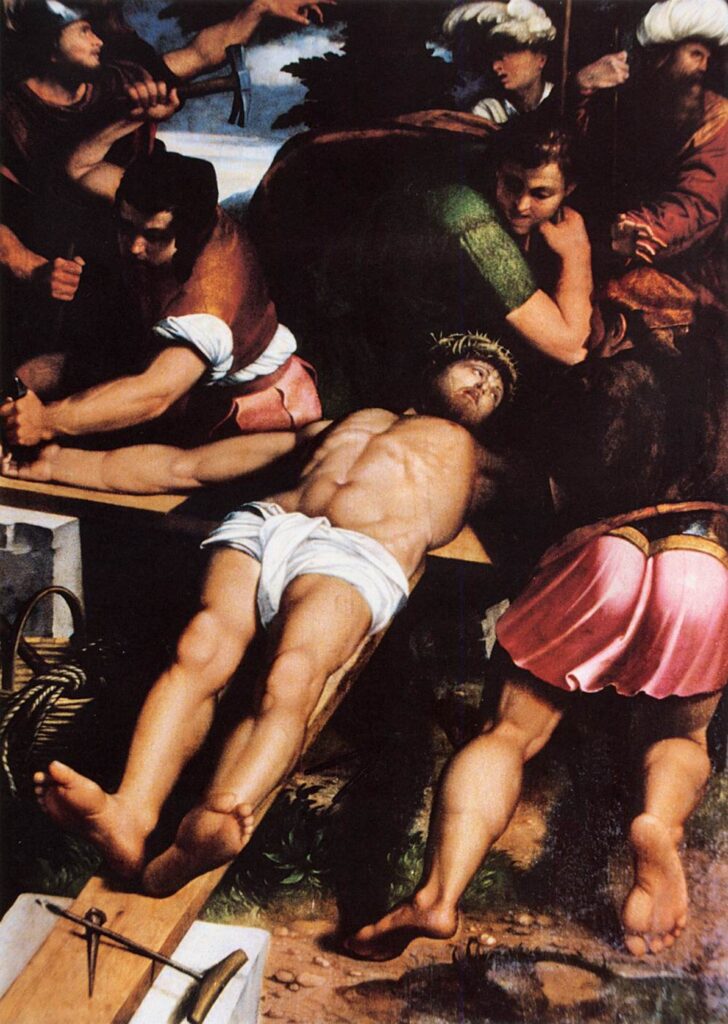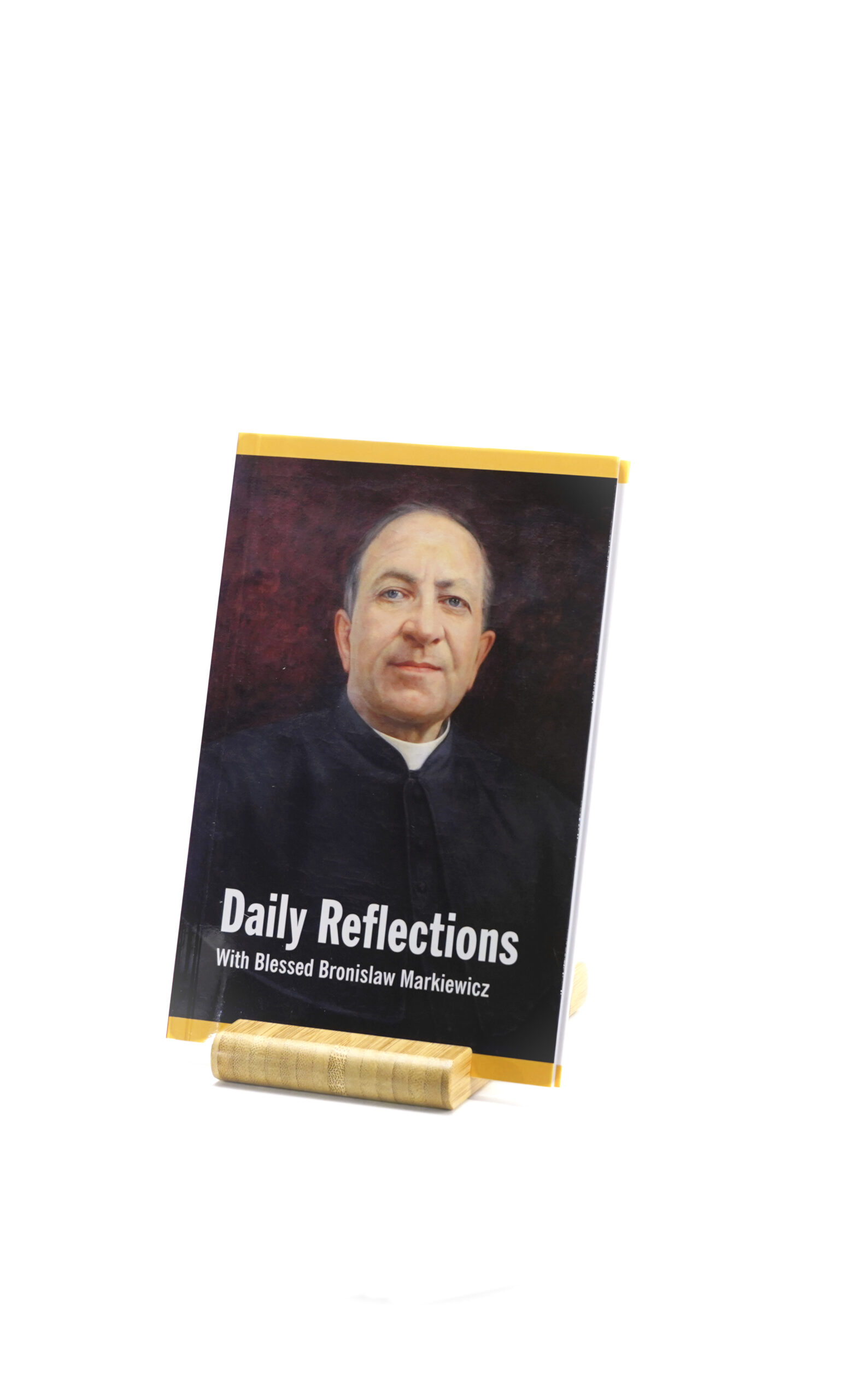(part 1)
On the fourteenth of November of this year, Sr Clare Crockett would have been forty years old. In order to celebrate that birthday, I want to pose a profound question: is Sister Clare Crockett a saint?
Of course, that is not a question that any individual can answer by themselves, the answer lies with God, and will be discerned by his Church. In this article, I hope to present a hypothesis of holiness, to see what holiness truly is, and then to see if that holiness is reflected in the life of Sr Clare There will be those who will say all kinds of nasty things, “don’t be hasty”, “who does she thinks he is”, “she spent so much of her life as an utter tear away”, or even “we know her”. “She’s from the Brandy well”. Brandy well is a working-class Catholic estate on the Derry side of the river in the city in Northern Ireland. One of the estates that was set up to take the overflow of Catholic residents during the Unionist misrule.
We have got to realise that each of those statements comes from a similar place as those people in Nazareth who refused to accept the carpenter. We know exactly how that worked out. You may well have known Clare in life, but I am prepared to bet that you did not know her as God knew her and as God loved her.
Examination of holiness
I am going to begin this examination of holiness by turning to the world of literature. I want to draw your attention to two characters and to two very different stories. The first character, you will recognise immediately, and the other maybe not so much, maybe if you like musicals you’ll know the second one. The first, is Ebenezer Scrooge. He is the protagonist of the famous Christmas Carol of Charles Dickens. Ebenezer begins life in the novel as a villain, as a money lending terrorist, and as a para site who wants to draw the last penny out of everyone’s pockets.
Dickens description of this character is quite something: “Oh! But he was a tight-fisted hand at the grindstone, Scrooge! a squeezing, wrenching, grasping, scraping, clutching, covetous, old sinner! Hard and sharp as flint, from which no steel had ever struck out generous fire; secret, and self-contained, and solitary as an oyster. The cold with in him froze his old features, nipped his pointed nose, shrivelled his cheek, stiffened his gait; made his eyes red, his thin lips blue; and spoke out shrewdly in his grating voice. A frosty rime was on his head, and on his eyebrows, and his wiry chin. He carried his own low temperature always about with him; he iced his office in the dogdays; and didn’t thaw it one degree at Christmas.” What a description! What an account! Listen to the power of those words: “a squeezing, wrenching, grasping, scraping, clutching, covetous, old sinner!” The character was a man who had literally turned life into a wet towel and who rung it out and continued to ring it out until he got the last coin for himself. Christmas, to him, was a hum bug, charity was ridiculous, send poor people to prison or to the workhouses, and if they wouldn’t go then let them just die and decrease the surplus population. His wretched employee Bob Cratchit only got fifteen shillings a week.

Simplicity and generosity
The second character could not be more different, he only appears in a few pages of the epic tale of Victor Hugo, Les Miserables, the whole action of this epic turns on one chance meeting, the character I want to draw your attention to goes by the name of Bishop Myriel and he has only a comparatively small role in the book; appearing on only a few pages. Bishop Myriel is the chief pastor of the city of Digna, more than that, he is a bishop who is renowned for his simplicity and generosity. His own house has no ornamentation, and he wears an old threadbare priest’s cassock. He is a fictionalised version of what Pope Francis would later describe as of a pastor smelling of the sheep. It is on his pastoral duties that the bishop, runs into a dark and sullen man, a man called Jean Valjean.
Well, Jean up onto that moment, had lived a very unfortunate life, he had just spent many years in gaol, over he is trifling offence of stealing bread in order to save his sister’s children and those years in gaol had twisted and contorted him. Just at that moment of meeting, Valjean is like a pressure cooker, ready to go off at any moment. His being paroled has only made things go from bad to worse, he has only met with rejection, derision and abuse. Bishop Myriel breaks Valjean’s duck, he generously takes Valjean to his own house and sets before Valjean the only thing of any worth in that house; a silver service and treats Valjean as an honoured guest. However, Valjean in the night explodes in bitterness and resentment, and it pours out in large amounts against the very one who did him so much good. In the dark of the night, he wakes up, rifles the house, then taking all the silver service that he can carry, and runs into the night.
As he is about to escape with the loot, he is spotted by the gendarme, and dragged, kicking and screaming back to the bishop’s house. Valjean, at this moment in the book, is looking into a very dark hole that he is about to be thrown into headfirst. Dumped in the front room of the bishop’s house, he can hardly look up at the bishop. The bishop surveys the situation, he forgets his rifled house, and he simply says to Valjean, “you forgot these” and hands him two more candlesticks, a completely unmerited, an unearned and an uncalled-for act of generosity that redeemed Valjean’s life from darkness. Valjean is to use the silver to build a new life, the bishop had bought his soul for God as the musical says.
These are two ever so different char acters, they are two representations of two clearly contrary forces, and between them are each human nature that has ever existed. Scrooge, the self-centred, self-obsessed, selfish and unredeemed nature and Bishop Myriel; the generous, the openhanded, the loving and grace filled nature. There is but one problem now, where are we on the scale between these two characters? The answer is probably somewhere in the middle between the two. All too of ten, we turn a blind eye, to our grasping, clutching, covetous old nature, in the way in which we cling so tightly to our time, our energy, our talents, our strength, our nature and ourselves and we measure these elements out in such small, controlled quantities. At the same time, we have moments, in which we make the most of these most precious of things and generously give them away, just as Bishop Myriel did with his candlesticks.

Longing to give of oneself as Christ has
How do we move from one to the other? How do we become more like Bishop Myriel? What the difference is between the two characters is best described by one of our Carmelites saints. St Elizabeth of the Trinity has an answer for us as she describes a Carmelite vocation. She tells us that “a Carmelite is someone who has looked at the face of the crucified one and has seen him offering himself as a victim for us; pondering on the tremendous vision of Christ’s love he or she has understood the love burning within Christ and has longed to give himself or herself as He has.” Not everyone is called to be a Carmelite, in that case, let me slightly change some of that wording, let me take away that second word Carmelite, and let me re place it with the word Christian. “A Christian is someone who has looked at the face of the crucified one and has seen him offering himself as a victim for us; pondering on the tremendous vision of Christ’s love, he or she has understood the love burning within Christ and has longed to give himself or herself.” For Elizabeth, the key difference between Scrooge and Myriel is that one of them penetrated the heart of Jesus Christ crucified, coming to know the meaning of that cross and to live it out.
The skewered hands of the Crucified One
Just to follow up on this point, I want us to meditate on the crucifix, and in particular the skewered hands of the Crucified One. Let us stand before the cross and see as Jesus’s hands are grasped hold of. They are dragged to a certain place and then very deliberately weighted down. A detachment of Roman legionaries set irreverent hands on him and shape him to their purpose. A measure of old fibrous rope is wound around his hands, tying them down to this strange wooden structure. Jesus’ hands are strapped down and drawn tight, so that even if they flinched these soldiers will not miss their mark with their hammer. And the nails are driven through his hands fixing him irrevocably to that cross. He is going to remain in this spot, he can go no further, up there he hangs hardly able to move a finger now, those hands are totally helpless and weak. What a strange Lord we have taken to ourselves?
The power for others, the power of service
As we contemplate that cross it should make us shudder to recall that those hands, those very hands that hung up on the cross, are the very same ones, that with one sweep, called forth creation out of nothing, that tossed the stars out into space, and literally set the world spinning on its axis; yet here they are and here they will stay!
A demonstration, if we didn’t al ready know, that this Lord of ours is not like any other; he does not jealously guard what is his, he does not hold on to what is his own, or to his own rights, but rather with open hands gives them over. His rights, his privileges, his possessions, his very body and his very blood are meant for others, even for those who reject him, strike him, despise him and kill him. He lays everything that he is down for humanity. He lets them go for us, he gives them up, the Lord’s power is not to do whatever he pleases but rather is a power for others, it is the power of service.

Look at the foot of the cross
As we go on meditating upon the face of the crucified one, suddenly, each one of us are forced to take a good look at our own hands. We realise instantaneously, the profound distance that lies between ourselves and Christ! Each of us are supposedly the servant and yet we are free to go and do as we please. Yet the master is bound, imprisoned and fixed upon a cross. The Lord is tied up, but the servant is at liberty?
We look down at our own hands and we consider just how many times they’ve only ever carried out what we have wanted them to do. How often have they merely cherry picked at what was convenient, what suited, and they have often only reached and taken the
sweetest and juiciest morsels in life. His hands are pierced through and through
so, that they cannot hold or withhold anything from us. This freedom that
we cling to, every bit as tenaciously as Scrooge did, was never meant to be only about us, this freedom, we cannot let go off, is not freedom at all, it is slavery to our own whim and to our own self. We have got to see at the foot of the cross that we are oftentimes stuck with Scrooge in his counting house wringing out life for ourselves.
Generously give to others
In order to find the open hands of Bishop Myriel, the open hands of the Lord himself, to let go of the candle sticks, we must learn our lesson from the wounds of the Lord. Freedom is not something to be hoarded for our selves and to be parcelled out in small manageable amounts, it is to be radically and generously given to others. The former Jesuit General, Father Pedro Aruppe, many years ago gave a beautiful definition for Christianity. A Christian, he argued, was a man or woman for others. Men and women who live their whole lives not for themselves, but first and foremost, for their Father in heaven, the Son, Jesus Christ and for their Holy Spirit; then secondly, men and women who cannot conceive of life without concern for their neighbour, whoever and wherever they find them.
The words of our neighbours cry out loudly to us all the time, “I am in need”, “I am hungry”, “I am thirsty”, “I am in prison”, “I am lonely”, “my love has been destroyed” and “I am addicted”. It is only when we respond, and we do not leave it to others that we finally discover the hands of Bishop Myriel and the crucified hands of the Lord. When we love the other, when we open our hands to them and when we give them some type of service, it is only then that our hands become crucified every bit as much as St Padre Pio’s hands!
Fr Stephen Quinn O.C.D. Carmelite Fathers, Iona Retreat Centre, Derry, Northern Ireland, UK. The Angels 01/2022



1 thought on “The holiness of the empty hands of the Crucified One”
Powerfully written!